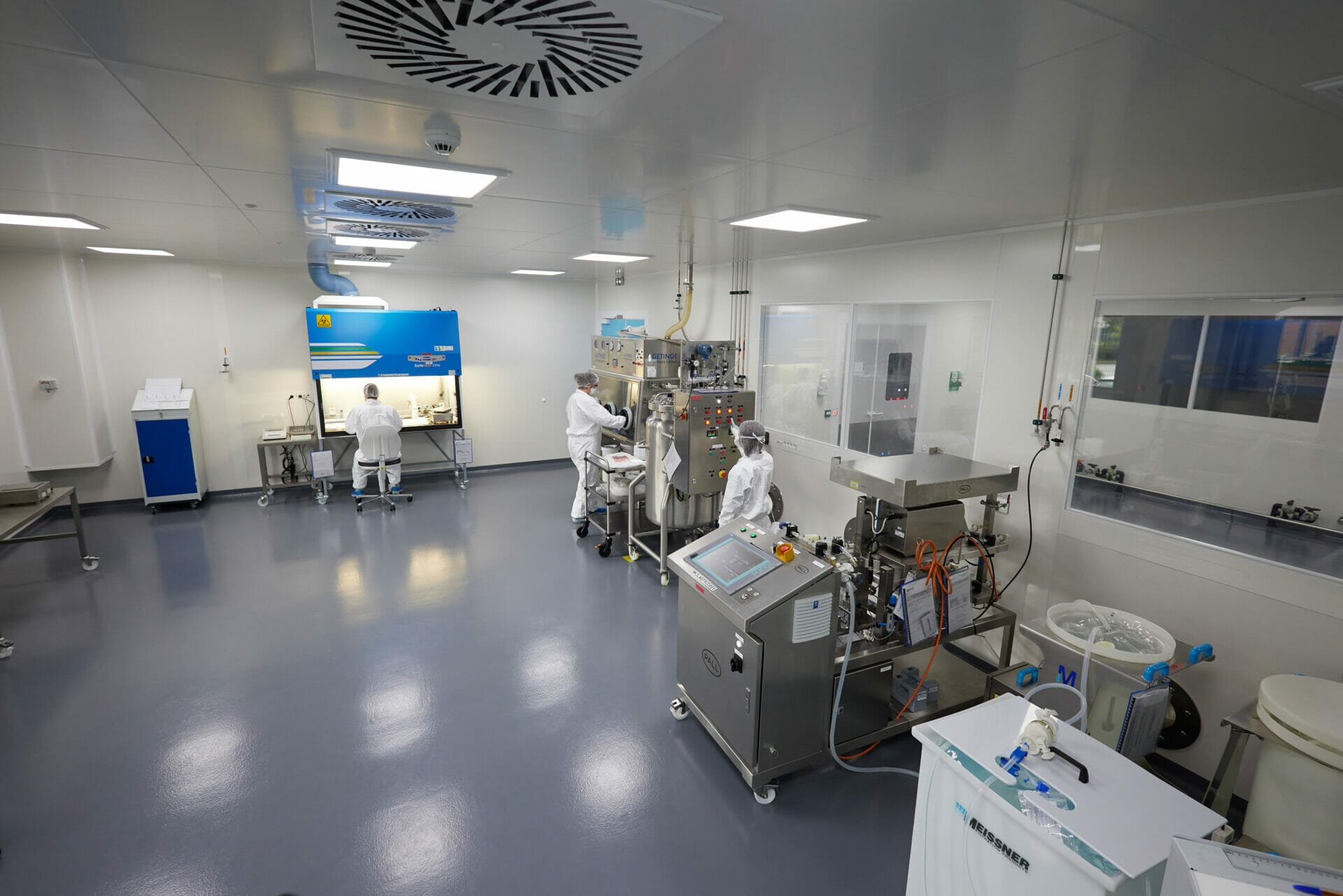FAQ – Antibody Drug Conjugates (ADC)
FAQs

Do you want to learn more about ADC?
Axplora is respected as a key contract service provider in the ADC arena with more than 15 years of experience. We provide unique services for the development, fast-track, clinical supply, and commercial cGMP manufacture of ADCs, including the payload linker and the bioconjugation.
In this FAQ, our experts share their knowledge and answer all your questions about:
- General information about ADC
- Information about development, manufacturing, analytical, equipment, quality and more!
If you need more informations, download this FAQ!
-
Antibody-Drug Conjugates (ADCs) combine highly potent chemotherapy agents (payloads) with target-specific monoclonal antibodies through a covalent linker molecule. These biomolecules result in a target-tracking pharmaceutical showing strong efficacy in cancer therapies.
-
The vast majority of ADCs are comprised of a monoclonal antibody conjugated to a cytotoxic payload. However, there are also many different forms of conjugated therapies including non-cytotoxic compounds as well.
-
Antibody-Drug Conjugates are constructed from three primary parts: mAb, linker, and payload. The most common mAb used is either fully or partially humanized IgG1.
The linker used is either cleavable or non-cleavable, and the linkage is carried out through a variety of different conjugation technologies. The most common of those are stochastic cysteine, stochastic lysine, and engineered cysteine (site-specific).
Common payloads include auristatins, maytansins, PBDs and irinotecans, with a trend towards increased diversity.
Combining these elements creates the broad diversity of ADC molecules currently in pre-clinical and clinical development.